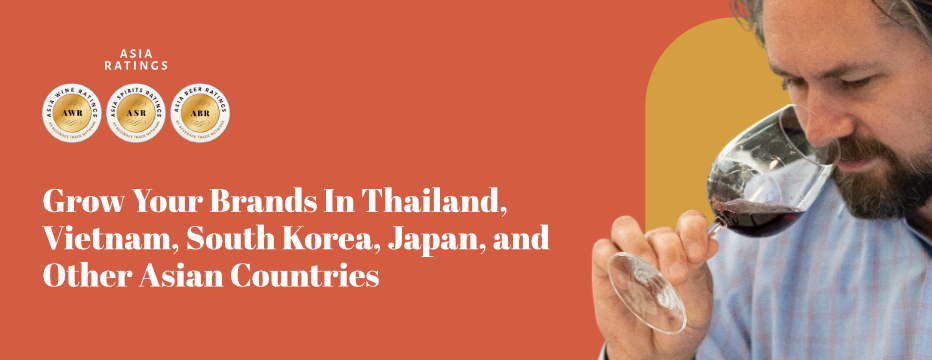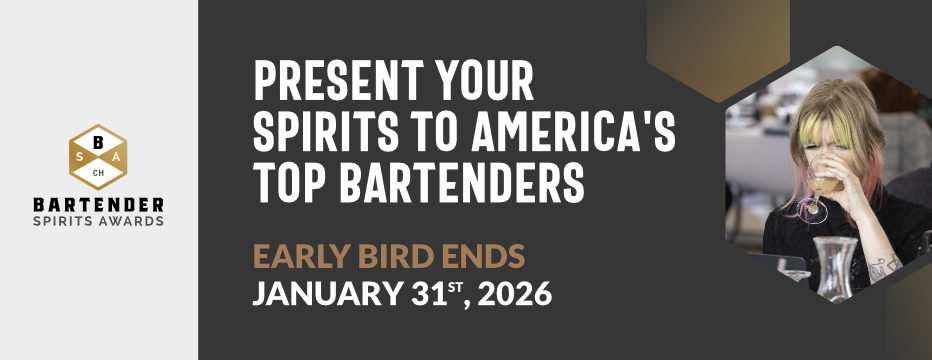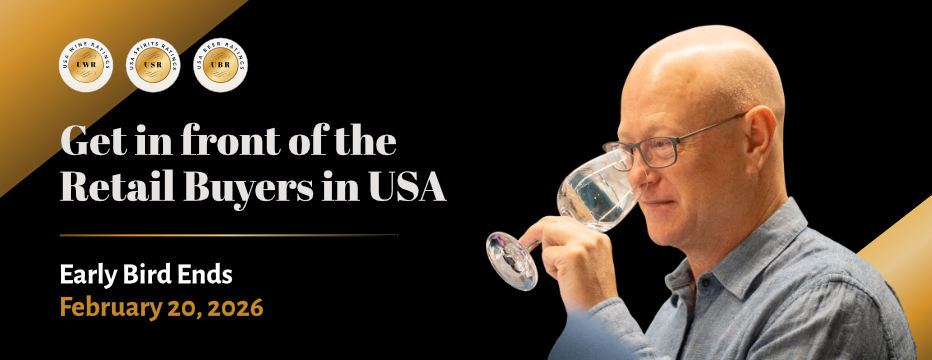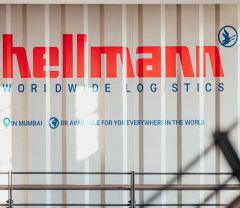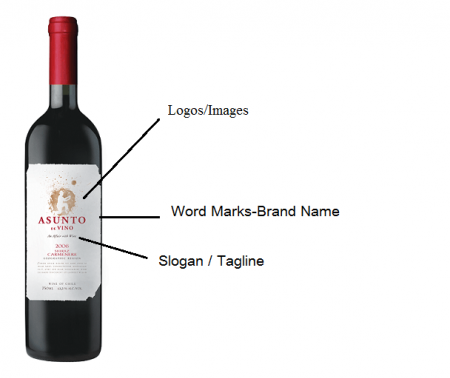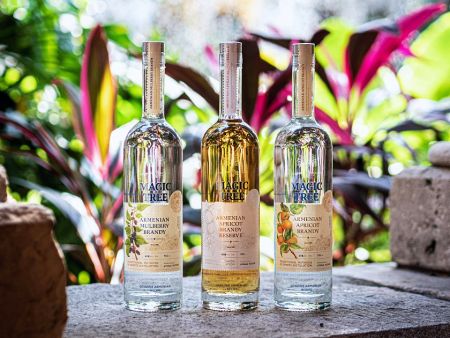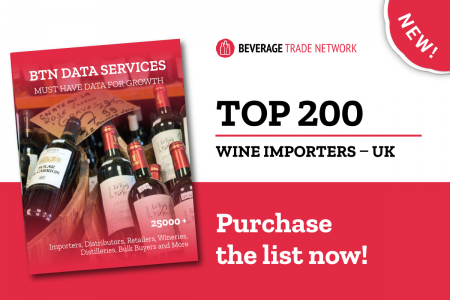Sommeliers Choice Awards 2025 Winners
Top 7 Effective Programs to Drive Your Brand in The Distribution Channel
BTN looks into basic programming and incentives that can be used to drive your brand in the distribution channel.
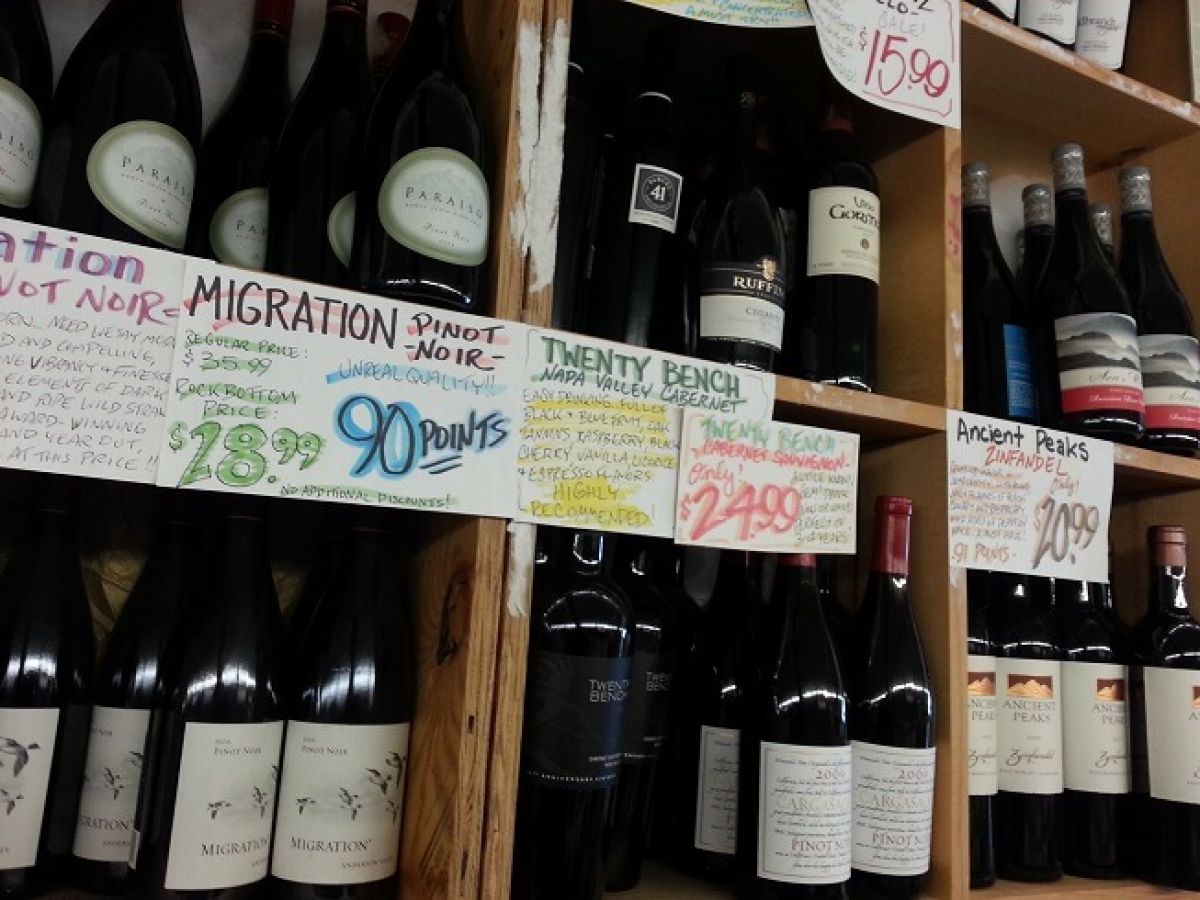
BTN looks into basic programming and incentives that can be used to drive your brand in the distribution channel. We will see how each incentive can impact your sales and help your customer deplete more stock (be it distributors or retailers).
Developing ‘Distributor Programs’ are now an essential step to differentiate your brand(s) from the massive pool of suppliers.
We would also like to suggest bundling price programming with support that you offer for your brand to your wholesalers/ distributors. In fact, we would advise suppliers to include a support plan when sending the price list too (and more importantly sticking to the plan).
A distributor who has been in business for long appreciates the commitment and willingness shown by the supplier irrespective of the sales and that can turn into sales even if you had a slow start. Most suppliers give up on brands that don’t do well in the first round of retail tastings and so does the distributor.
Here are some effective support programs that a supplier can offer distributors to show them that they are serious about brand building.
1. Kick-Off Product Training Session and Meeting: Plan a distributor sales meeting at the distributor’s workplace. Invite all the sales representatives. Bring sell sheets, samples and be prepared. Don’t give a long speech about your winery or brewery and how great your company is. Focus more on key selling points and give them the best 2 minute sales pitch they can give to their retailers. Here is an example:
John: I wanted to show you the new Malbec we have, it has 91 points from Wine Spectator and is made by a 100 plus year old winery that has been making organic wines since the beginning. It also has a great price on it.
2. Market Work: Work in the market with sales reps and show them that your product sells. Listen to the objections that you get from retailers and try turning them around. A LOT depends on your sales representative’s relationship with their customer too. Being in the market with the representative gets you direct feedback. Offer your wholesalers at least 4 days of market work - 2 days at a time, 2 times a year. We would say the 1st week of March is good when things start to pick up again after the holidays and then the 1st week of October is good before it’s too late for the holiday season.
3. Sales Incentives: It is always good to award sales reps who are selling your brand. Most of the time you can share sales incentives with a distributor. Something like $5 from you and $5 from your wholesaler works well, making it $10 per case on all depletions. Offer incentives for a month about twice in a year.
4. Point of Sale: Yes, you may feel that it’s an overhead, but selling never stops. Once your brands are in stores, you have to worry about how you can move them. Your retailers must sell through. POS is the cheapest sales representative you can hire. Small things like case cards and shelf talkers are enough and colored cartons always help. It also makes it easy for retailers to locate your brand in their storage stockpile.
5. Trade Tasting: As mentioned in point 4, selling never stops. You have to put your juice in the end consumer’s mouth. Offer deals to retailers if they buy more quantity. When you are doing market work, offering tastings support on your new placements will help. A 1 hour tasting will set you back about $50. Have a minimum quantity to qualify like a 5 case order or similar.
6. Merchandising: It is OK if you don’t have the budget for it, but when pitching to chains, or even on-premise accounts, a merchandising budget is key. Case racks for a chain is a big selling point and covering the cost to reprint menus is also a good offering to get your brands featured by on-premise accounts.
On-premise accounts may look like a slow sale but the more on-premise accounts you have and the more house wine specials you are under, the more regular your purchase orders will come from your distributors. On-Premise will also work to spread the word of mouth for your brand.
7. On-Premise Incentives and Quantity Discounts: Most of the time, you have to treat off-premise and on-premise accounts differently. For example, if you are offering a retailer 1 case on a 10 case deal, 2 bottles on a case for a new restaurant can do the work. You may run such deals once or twice a year, as required to ensure you.
A perfect game plan (over a calendar year) would be as below:
• Kick off Meeting and Market work – 1 week (first week)
• Sales incentive month: Hold this in the month following market work
• Follow this up with 2-3 months of no incentives. Focus on point of sale and trade tastings and also in-store tastings.
• Quantity Discounts: offer these for a month. March and October are good months for deep deals as retailers are just starting to get ready.
• Market work: Your second session with the sales team should be around the holiday season (October)
Following the above pattern in the first few years is a good idea. Once your brand is in 50% of the distributor’s accounts (retailers), one can look into consumer advertising or more trade tastings. After you get your placements, the focus is to make the ordering cycle ‘automatic.’
An Important Note: If you don’t have the margins in your brand to support the above ADD THEM into your pricing, but never tell your distributor you don’t have money to offer promotional support. Don’t discount your brand, try selling with good margins if you are trying to build a brand as the market will force you to give deals and offer more promotional support as you grow.

